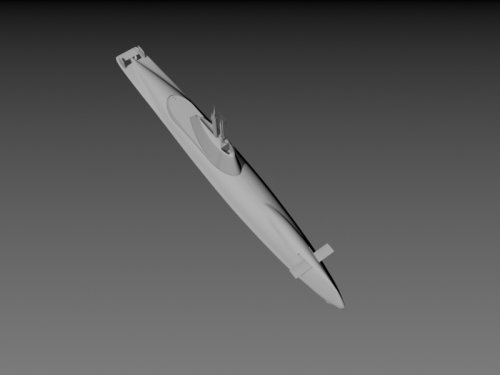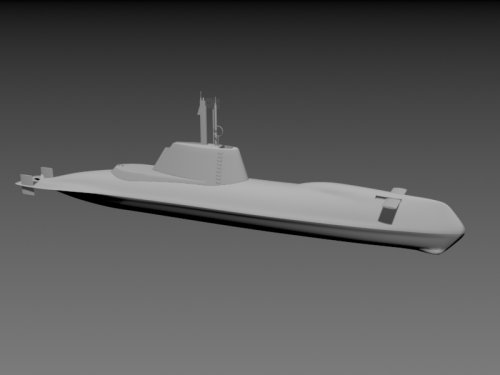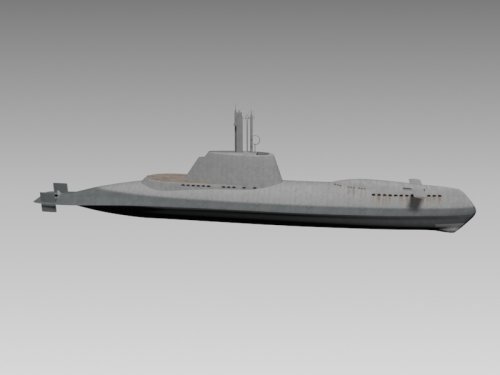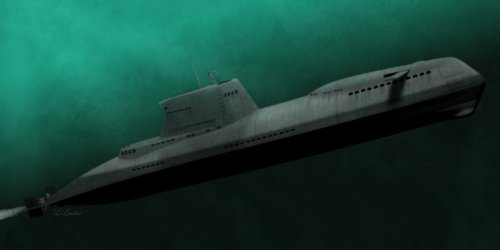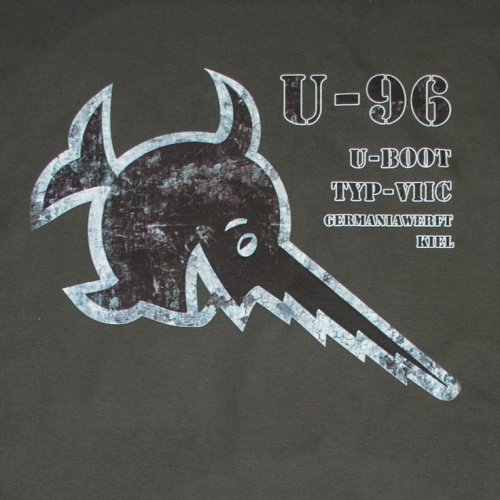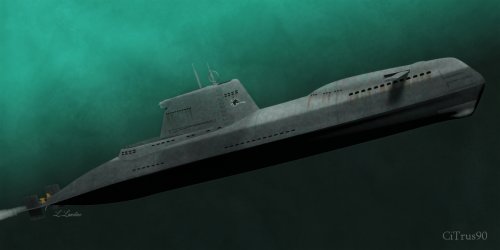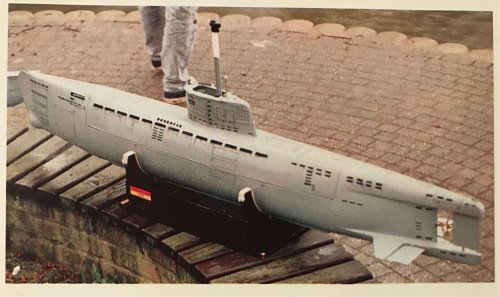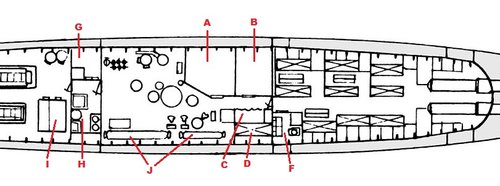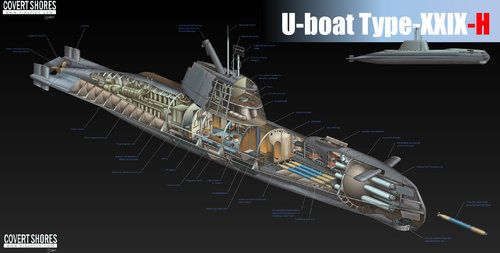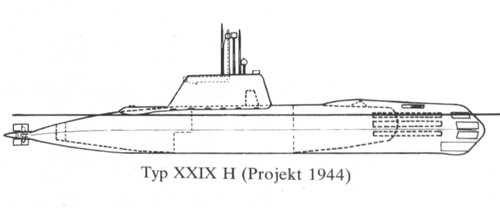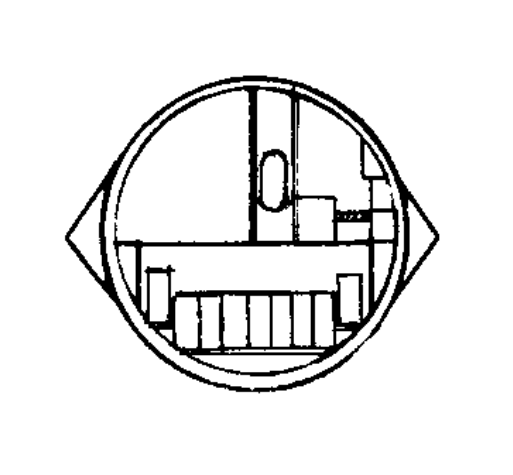First off, I was thrilled to see your above mentioned article and the 3D work on this fascinating 1944 U-boat concept, Type XXIX H.
So much so that it caused me to sign up to this forum.
Thank you so much for creating and sharing!!
I do not at all want to nitpick. Since your work is currently the internets' top depiction of the Type XXIX H it would be great to have it most precise. Being an expert in WW2 German military hardware and having studied the books of Eberhard Rössler and Erich Gröner in the German language, I am in a position to point out a few "assumption errors" visible in your cutaway illustration:
- the rear periscope would have extended through the deployed snorkel mast, not next to it. It was called "Sehrohrschnorchel" - periscope snorkel. Types XXIX G and H were explicitly designed for quiet running at high snorkel speeds. Snorkeling had to be done while using a periscope in order to spot Allied ASV planes approaching. In order to prevent the periscope from vibrating at high underwater speeds (I assume XXIX H could have snorkeled with both diesel engines at flank speed, likely 11-13kn!) the observation periscope was to have been raised through the deployed snorkel, close behind the snorkels' leading edge, and thus been stabilized by the snorkel, preventing periscope vibrations.
- in addition to the folding snorkel, a 1945 XXIX H would have had 6 "Ausfahrgeräte" - vertically extending devices/ masts; viewed from rear to front:
1) a rod radio antenna or FuMO 391 Lessing active radar (rod shaped) on a mast on the left hand side
2) observation periscope (goes through snorkel) in the center
3), 4) FuMB 35 Athos radar receiver on a mast on the left (picture at
https://slideplayer.com/slide/16459318/) side by side with FuMO 84 Berlin active radar ("inverted small bowl" shaped, sketch at
http://www.lexikon-der-wehrmacht.de/Bilder/UVersuch/Typ29.jpg right behind the bridge) on a mast on the right
5) attack periscope in the center
6) Peilrahmen (direction finding ring) to the left of the bridge
(In your model you have only 4 vertically extending devices/ masts; and Hohentwiel would not have been fitted as the 9cm FuMO 84 was much superior and production was scheduled for summer 1945).
- the engine modeling is a bit fuzzy. In the sketch shown in Rösslers book it is quite clear: two 580hp diesel engines side by side: one standing alone driving a generator attached to it, the other without a generator being coupled with the 1400hp main electric motor.

